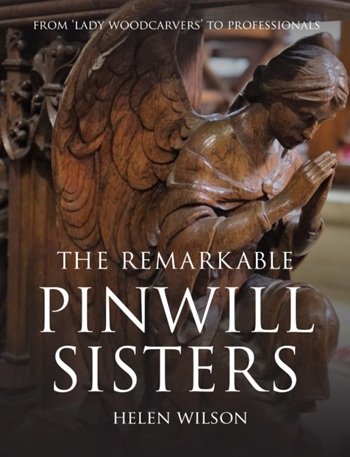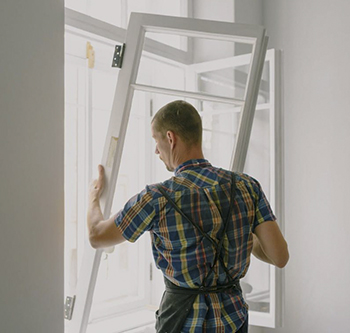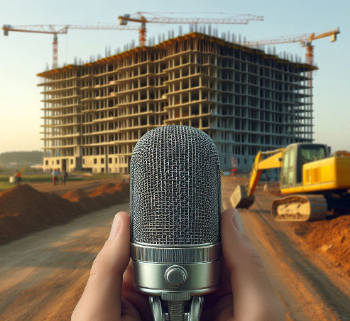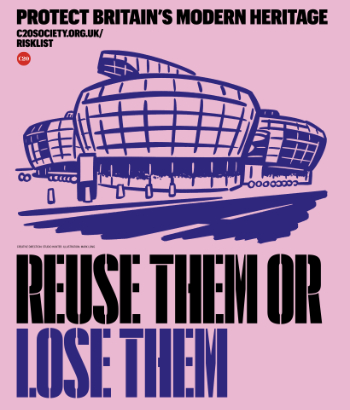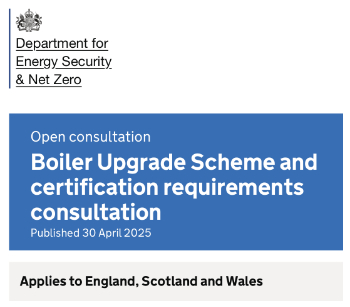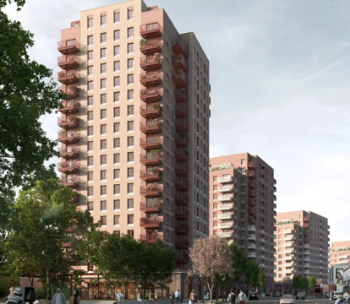Case-based reasoning CBR

|
Contents |
[edit] Introduction
Case-based reasoning (CBR) is a type of problem solving based on precedents. It uses experiences to deal with - and successfully resolve - similar situations. It is a technique commonly used in legal situations, but it can also be used in engineering, construction and design.
[edit] History
One of the earliest instances of CBR appeared in the work of Roger Schank, an American educator, psychologist and consultant whose work at Yale University in the 1980s resulted in a model of dynamic memory. He was also involved in the exploration of artificial intelligence (AI) during his tenure at Yale and later went on to become co-founder of an early AI company.
Schank’s work in CBR influenced developments in other areas and became more widely adopted in the 1990s. It has since been used in computer modelling of industrial components and the healthcare field.
[edit] The four “Rs” of CBR
There are generally four phases of CBR:
- Retrieval. Pulling relevant information from the past.
- Reuse. Exploring how that retrieved information can be applied to the new scenario.
- Revision. Testing the proposed solution against the new scenario; this is repeated until the solution produces the appropriate results.
- Retention. Saving the successful solution for possible future use.
[edit] CBR and design
Over the years, CBR has evolved into an effective method for exploring situations - particularly those related to engineering and design - where both the details of the task and the expertise might be lacking. Because the field of design can be complex and abstract, CBR may provide the problem solving tools to retrieve starting points and precedents to serve as the basis for design solutions.
[edit] Related articles on Designing Buildings Wiki
Featured articles and news
Mixed reactions to apprenticeship and skills reform 2025
A 'welcome shift' for some and a 'backwards step' for others.
Licensing construction in the UK
As the latest report and proposal to licence builders reaches Parliament.
Building Safety Alliance golden thread guidance
Extensive excel checklist of information with guidance document freely accessible.
Fair Payment Code and other payment initiatives
For fair and late payments, need to work together to add value.
Pre-planning delivery programmes and delay penalties
Proposed for housebuilders in government reform: Speeding Up Build Out.
High street health: converting a building for healthcare uses
The benefits of health centres acting as new anchor sites in the high street.
The Remarkable Pinwill Sisters: from ‘lady woodcarvers’ to professionals. Book review.
Skills gap and investment returns on apprenticeships
ECA welcomes new reports from JTL Training and The Electrotechnical Skills Partnership.
Committee report criticises UK retrofit schemes
CIOB responds to UK’s Energy Security and Net Zero Committee report.
Design and construction industry podcasts
Professional development, practice, the pandemic, platforms and podcasts. Have we missed anything?
C20 Society; Buildings at Risk List 2025
10 more buildings published with updates on the past decade of buildings featured.
Boiler Upgrade Scheme and certifications consultation
Summary of government consultation, closing 11 June 2025.
Deputy editor of AT, Tim Fraser, discusses the newly formed society with its current chair, Chris Halligan MCIAT.
Barratt Lo-E passivhaus standard homes planned enmasse
With an initial 728 Lo-E homes across two sites and many more planned for the future.
Government urged to uphold Warm Homes commitment
ECA and industry bodies write to Government concerning its 13.2 billion Warm Homes manifesto commitment.
From project managers to rising stars, sustainability pioneers and more.
Places of Worship in Britain and Ireland, 1929-1990. Book review.













